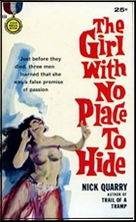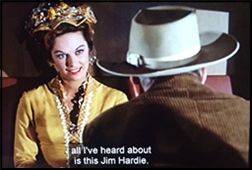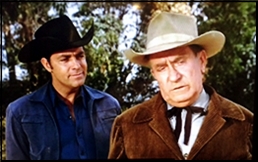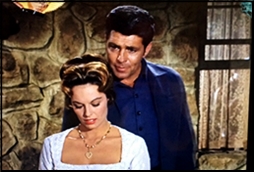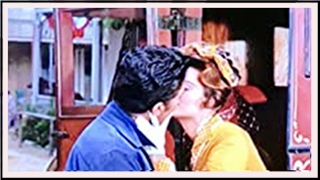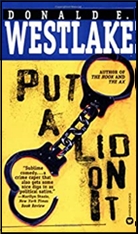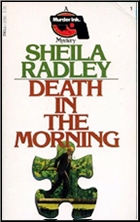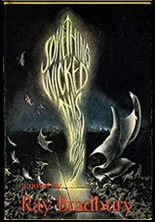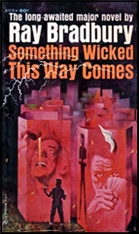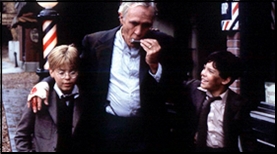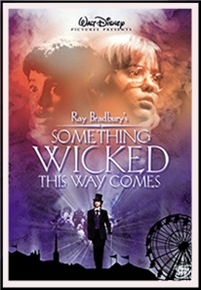Mon 18 Oct 2021
An Archived Mystery Review by Barry Gardner: RICHARD A. LUPOFF – The Cover Girl Killer.
Posted by Steve under Collecting , Reviews[4] Comments
RICHARD A. LUPOFF – The Cover Girl Killer. Hobart Lindsey #5. St. Martin’s, hardcover, 1995. Apparently no contemporaneous paperback edition (!).
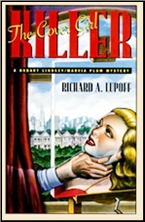
I quit this series after the first, The Comic Book Killer, because I thought the lead was a wimp, but someone told me that I ought to read this one for reasons [you’ll see below], so I did.
Ace insurance investigator Hobart Lindsey is searching for the model who was the subject of a cover painting for a rare and obscure paperback published in the late 1940s. A tycoon had died in a suspicious helicopter crash, leaving millions either to the unknown model (if she can be found) or to a foundation for indigent artists.
Hobart finds himself plunged into the world of paperback collectors, while his lover, police Sergeant Marva Plum, struggles with the suspected murder. A personal nemesis from his first case reappears, adding danger and angst.
Well, I think you may recognize a paperback collector even before his real-life inspiration is named in the afterword. He has something of a regal air about him. This still isn’t going to be one of my favorite series, but it has definitely improved, and I enjoyed it because of the background. Lindsey isn’t quite as much of a wimp as he was, at least. There’s a nice intro by Bill Pronzini, too.
Required reading [for everyone reading this].
The Lindsey and Plum series —
1. The Comic Book Killer (1988)
2. The Classic Car Killer (1992)
3. The Sepia Siren Killer (1994)
4. The Bessie Blue Killer (1994)
5. The Cover Girl Killer (1995)
6. The Silver Chariot Killer (1996)
7. The Radio Red Killer (1997)
8. The Tinpan Tiger Killer (1998)
9. One Murder At A Time (2001)
10. The Emerald Cat Killer (2010)

